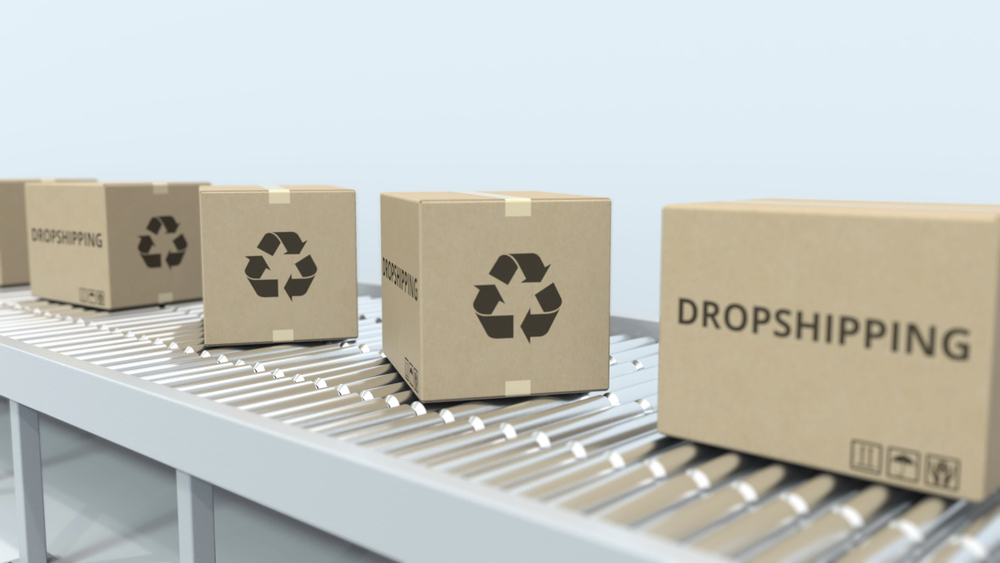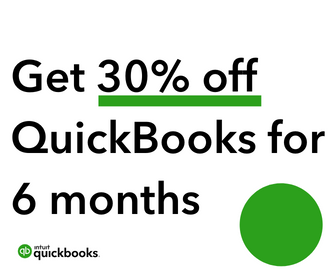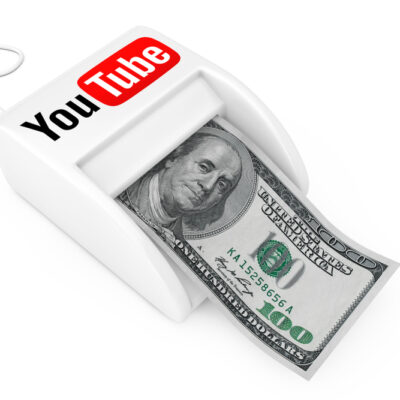Introduction
Dropshipping is a method of selling products online, where you don’t have your own store and don’t actually have any inventory. Instead, you partner with a wholesaler or manufacturer who provides all the product packaging, shipping and customer service for you. You just need to choose which products to sell in your online store and promote them well enough so that people will buy them from there instead of from other retailers like Amazon or eBay.
What is dropshipping?
Dropshipping is a business model where the retailer doesn’t stock or own inventory. Instead, they find products from wholesalers and sell them directly to customers.
This is a great way to start a business because it has low risk and low cost! If you don’t like dropshipping because you want more control over your products or if you don’t think it’s profitable enough, then check out our post on how to start an online store with less money than buying wholesale dropshipper companies require: How to Start an Online Store With Less Money Than Buying Drop Shipping Companies Require.
Ready to start dropshipping? Get started with 14 day free trial
How to find a wholesaler or manufacturer
Finding a wholesaler or manufacturer is one of the most important steps in building your dropshipping business. You need to find someone who can provide you with quality products and has a good reputation, return policy, and customer service.
If you’re not sure where to start looking for these types of businesses, here are some tips:
- If your niche is green energy products (like solar panels), then go online and search on Google for “solar panel wholesalers” or similar terms. You’ll probably find several sites that offer these services—and they might even list their prices upfront so that it’s easier for potential customers to compare prices between different companies before buying anything from them!
- If instead you want something more specific like makeup brushes or clothes ironing boards (which would also be sold through Amazon), then try searching around town by looking up local stores’ websites with different categories such as “beauty supplies” or “household goods.” This way if there aren’t any retailers nearby selling what kind of product(s) we want there still might be someone else who sells those same items but somewhere else outside our area which might make sense given shipping costs associated with international orders made via dropshipping platforms like Fulfillment By Amazon (FBA).
How to set up your online store
Once you’ve decided on a name for your online store, it’s time to choose a domain name. A good domain name will help you get more traffic and establish credibility with potential customers. You can also choose from several different shopping cart platforms that offer different features and functions at different price points.
Next comes the payment processor—this is the company that processes all payments made through your site and keeps track of everything else (such as shipping rates). If possible, try out some free trials so you can see how well each one works before committing yourself to one company forever.
There are two main shipping carriers: FedEx and UPS—both companies offer services from both residential homes/offices as well as commercial locations like warehouses or distribution centers; these two companies also offer same-day delivery options (which means they deliver packages within 24 hours) if applicable on certain routes only due availability issues preventing them from doing so during peak times like holidays where demand increases significantly over normal business hours which often leads us into explaining what happens next…
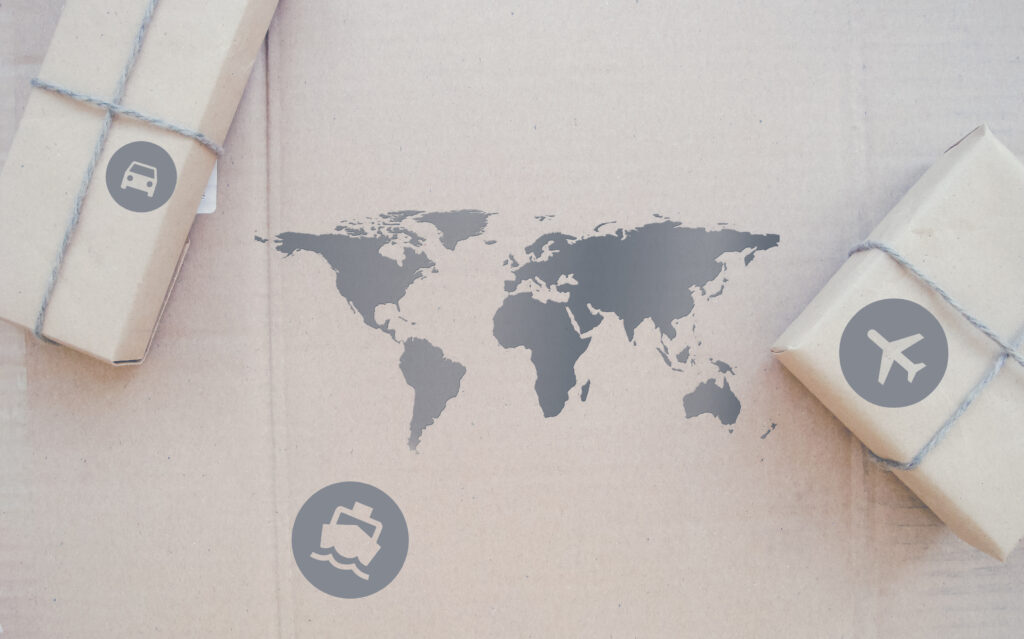
How to choose the best products to sell online
Once you’ve chosen the right niche and established a store, it’s time to start selling. But how do you know what products to sell?
First and foremost, choose products that are in demand. This will ensure that your product will sell well on its own merits rather than because of any tricks or strategies you may use to get people interested in buying them. If a product doesn’t sell well right away, then it won’t make much sense for someone else (like an eCommerce store owner) to buy it at all!
Next up: choose easy-to-sell items with high margins so they have enough value on their own without needing any extra assistance from dropshipping companies like ours.”
How to promote and market your store
- Use social media.
- Use email marketing.
- Create content for your website and blog, including how-to guides, case studies and product reviews.
- If you’re going to pay for advertising on Google AdWords or Facebook Ads, make sure to test different ads with different keywords so that you can choose the ones that are most likely to convert customers into buyers of your products/services (i.e., “buy now” instead of “learn more”).
With the right preparation, dropshipping can be a successful and rewarding business.
Dropshipping is a great way to start a business and test out your product ideas. It can be used as an extra source of income, or even as a full-time job. If you’re looking for ways to make money on the side while working full-time, dropshipping could be just what you need.
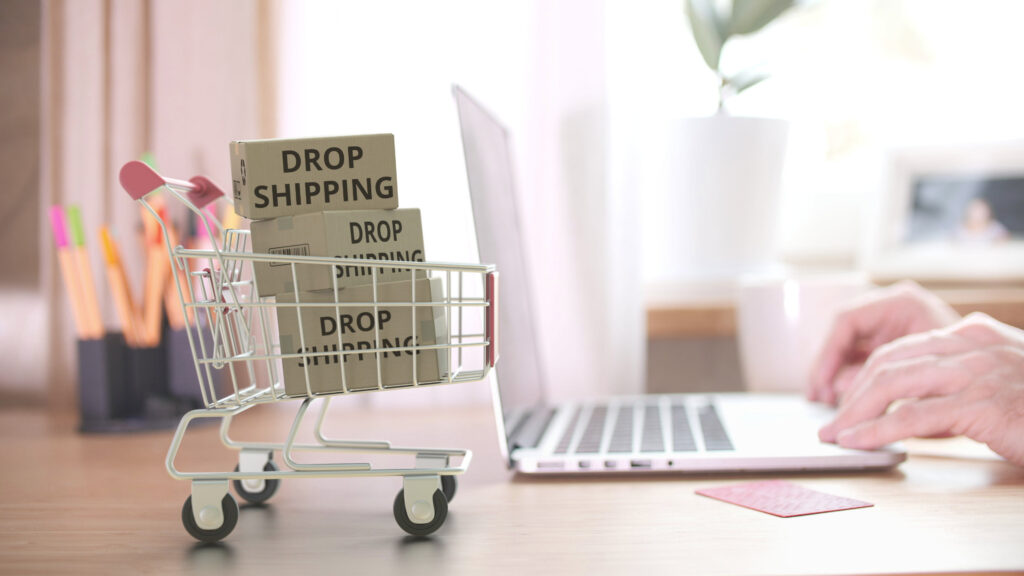
To get started with dropshipping, there are several things that need to be taken into consideration:
- The cost of production (your time) and shipping costs must be considered when setting up your shop. You’ll want to make sure that the products are priced competitively so customers will buy them—but not so low that they’ll go out of stock before making any sales at all!
- Once everything else has been set up properly and tested thoroughly in order for it all fall into place smoothly once launched officially online; then it’s time turn over responsibility over certain aspects such as designing graphics/logos etcetera onto someone else specifically who specializes in doing just those things well enough without having any specifics knowledge whatsoever concerning anything else related specifically relating directly back towards
Pros and cons of dropshipping
Pros of dropshipping
- Low barrier to entry. If you’re just getting started, the cost of setting up an ecommerce store is relatively low. You don’t need to purchase a website, or hire an expensive developer who can help with the design. Instead, all you need is some basic supplies and software (like Shopify) and you’ll be ready to go!
- Inexpensive setup costs. The setup costs for dropshipping are much lower than those of other types of online businesses because they don’t require any expensive inventory purchases at first. Instead, they rely on items that have already been manufactured by someone else—this means no storage space needed!
- Less risk when starting out as a dropshipper since there aren’t many upfront investments required; however if something goes wrong during this stage then it won’t affect future sales too much since most products will still sell well even after being listed on multiple websites at once!
Low barrier to entry
Dropshipping is easy to get started. No inventory or storage is required, and you don’t need employees or a physical store. You can start selling your products online with the click of a button!
Inexpensive setup costs
- Inexpensive setup costs:
- Can be cheaper than setting up a traditional store.
- Can be cheaper than setting up a warehouse.
- Can be cheaper than renting a storefront or hiring staff to run the business on your behalf and buying inventory yourself (which is still an option).
Less risk
Dropshipping also has the advantage of not having to manage inventory. There’s no need for you to buy, store or ship anything. Since you only have one product (your own), there isn’t any risk involved when selling it on Amazon. If your customers are happy with their purchase and they want more stuff from you, all they have to do is tell you what they want next time around!
Little overhead cost
The last benefit of dropshipping is that it can be very cost-effective. You don’t have to purchase the inventory or pay for shipping and handling, which means you’ll save money on both ends of your business.
However, this doesn’t mean that you should get into dropshipping without knowing what you’re getting into first!
The main downside of dropshipping is that there’s no real overhead involved in setting up a store at all—and that can make things seem more complicated than they need to be if you’re new to running an online store on Amazon FBA (Fulfillment by Amazon).
Cons of dropshipping
- Lower margins. If you are selling products at a much lower price than the competition, then it’s likely that your margins will suffer as well.
- Less control over inventory and shipping. Because dropshipping is a more hands-off business model, there are fewer opportunities for customization or personalization in the products themselves—and if something goes wrong with your orders (for instance if someone orders an item but never pays), then it can be difficult to track down where the problem lies and fix it before another customer takes their business elsewhere.
- Shipping issues can be costly if you don’t have experience dealing with them yourself!
Lower margins
Dropshipping has a lower margin than other business models. It’s possible to make money with dropshipping, but it’s not easy. To get started as a dropshipper, you will need to invest in inventory and equipment before you can start making profits.
The average retail margin is 20% or higher (depending on the type of product), but dropshipping margins are usually much lower than this—around 5-10%. This means that if your products cost $100 each and sell for $100 each at retail prices, then your profit will be only $5-10 per sale instead of $20+!
So what does this mean for your bottom line? Well…
Less control
You are not in charge.
This is the main reason why dropshipping works for many people and it can be a great way to start selling online, but there are some drawbacks too. First off, you don’t have any control over what happens after an order goes through your funnel. If you’re selling a product that doesn’t require much prep work (like candy bars), then this isn’t going to be an issue for you because most of the work has already been done by someone else (probably Amazon). But when it comes to more complicated products like electronics or clothing—where there’s no way for anyone else but you (and maybe even yourself) to know exactly how much time will go into getting them ready for market—you’ll need more than just an idea of what needs doing before launching; otherwise, once again: “Whoops!”
Shipping and fulfillment issues
- Shipping and fulfillment issues
- You need to work with a fulfillment company. This is a major one, because if you don’t use the right one, it can be difficult or impossible to ship your products. You’ll want to make sure that they have good customer service and will help with any issues that come up after shipping (and there’s always going to be an issue). The best way of doing this is by finding out what their return policy is before signing up with them—if they have a no-return policy or will charge extra for returns/refunds, then consider another option! On top of that: check whether their shipping rates are competitive against other options available in the market; if not then look elsewhere for better deals (or just put off buying until later when prices lower again).
- Be careful about shipping costs! Shipping costs might seem like an obvious expense at first glance but remember that each time we send something somewhere else on earth depends heavily on its weight which means more money spent per item shipped regardless how small or big it may seem.”
Dropshipping is a great way to start a business, but you need to understand its pros and cons.
Dropshipping is not for everyone. It’s important that you know what kind of product you can sell and how much profit your store will make before making the decision to start an online store with dropshipping. If you’re considering starting your own online store with dropshipping, here are some things that might help:
- You should have an idea of what kind of products people will buy from you online. This means research on the internet or talking directly with potential customers in person about their needs and wants when it comes time for them buying something from one particular site (like Amazon). You’ll also want someone else who knows about these things—like maybe another employee at work who works closely with customers—to give input as well!
Ready to start dropshipping? Get started with 14 day’s free trial
Conclusion
If you’ve been dabbling in the world of dropshipping for a while, now is the time to really get serious. You can start a business from anywhere with very little initial capital and make it your full-time job. The best part? This can be done with little effort. Just follow these steps and start creating your own online store today!


